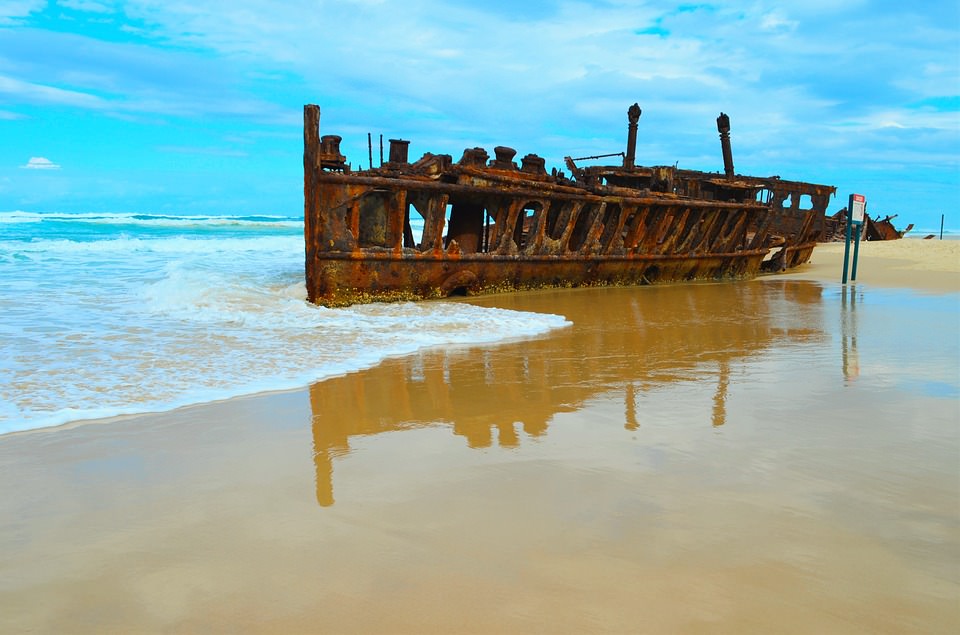There’s a trick smart news organisations use to attract audiences away from their opposition: value-adding.
Value-adding is about going the extra mile to deliver your audience something extra. It’s going above and beyond the basic, drilling down on the detail, giving the reader, viewer or listener extra bang for their buck.
Here’s why it matters.
So much news is “same, same, same”
We’ve all done it. You’re on a news site or scrolling through your Twitter feed and you see a story you’re interested in. Let’s say it was an article about a newly discovered ancient shipwreck. CNN has an article on it, the headline piques your interest, and you dive in to read it.
Five minutes later you’ve moved on and you see a tweet or news item from the ABC, the Guardian, or the BBC about the same subject. Do you click on it? Probably not. After all, you’ve already read about it on CNN.
So what can news organisations — and content marketers — do to attract an audience to their content? This is where value-adding comes in.
Take the story further; offer something extra
Smart journalists and content marketers know the best way to get people engaging with their content after that initial “sugar hit” of breaking news has dissipated is to offer something extra.
The Guardian, the BBC, and the likes of Business Insider and the Washington Post do this really well. Beyond the breaking news, they’ll publish content that takes the story further.
So in our shipwreck example, rather than just reprinting the press release or the copy written by your wire service, you could take the story further by:
- Interviewing the researchers who found the shipwreck to get the inside story on the discovery
- Writing a long-form article about the history of the shipwreck
- Interviewing museum curators and historians to find out what kinds of artefacts they might expect to find on the ship and what their value — cultural and monetary — might be
- Writing an article describing the process by which the ship could be recovered
- Creating a video interviewing experts about the wreck’s value as a diving location for locals and tourists
- Producing a listicle article profiling some of the more interesting shipwrecks in the region
- Putting together a gallery of some of the world’s most famous shipwrecks.
You could literally publish a piece of content every single day for weeks on end.
Everything is relative, especially content
Once you’ve got the audience engaging with your content, give them the opportunity to really go down the rabbit hole. Always provide links that invite the reader to continue engaging with your content. Most online news organisations provide “related stories” for this very reason.
So, within our shipwreck article, for example, there might be links to stories with headlines like “The 10 most famous shipwrecks in history”, “What really happened to the Titanic”, and “Treasures from the deep”.
There’s no reason you can’t do the same with your content for your own, or your clients’, content. Chances are you’ll already have lots of related content you can link to easily.
Make yourself a destination
Value-adding is all about standing out from the competition. By taking the story further you’re turning your video blog or your online magazine or your email newsletter — whatever it might be — into a destination. You’re taking your content from “I’ve already read this” to “I must read this”. And, in the process, you’re turning your platform into an authoritative and respected source.
If you’re interested in developing a strategy that will turn your content into something your audience will treasure, contact the team at Lush — The Content Agency. Don’t ask us about shipwrecks, though. We genuinely have no idea about those.
More information on building audiences
Listen to the Brand Newsroom episode about how to find out what your audience wants from you.
